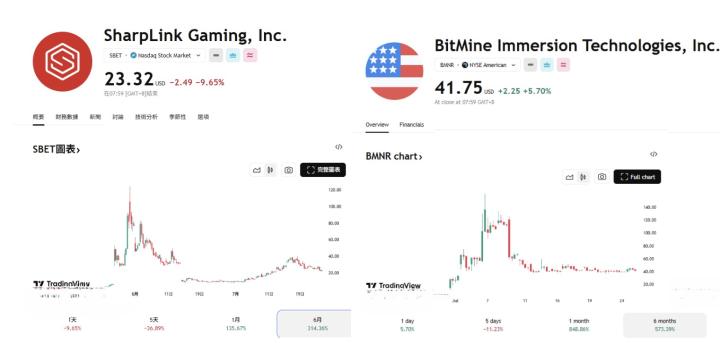
Sanctions? What sanctions? Russia’s latest financial maneuver involves a crypto hub in Kyrgyzstan—turning digital assets into a geopolitical weapon.
The Kyrgyz Connection
TRM Labs reveals how Moscow exploits Central Asia’s crypto gray zone to fund its war machine. No SWIFT? No problem—enter the blockchain bypass.
War by Other Means
Forget gold or oil. The new shadow economy runs on stablecoins and mixers, with Kyrgyzstan as the unwitting middleman. Another win for ‘decentralized’ finance—and a loss for sanctions enforcement.
Of course, while regulators debate KYC rules, oligarchs and generals are already on to the next loophole. Some things never change—especially in the arms race of financial warfare.
Kyrgyzstan’s Licensed Crypto Activity Surges to $4.2B in 2024
By October 2024, 126 VASP licenses had been issued, and transaction volumes had surged from $59 million in 2022 to $4.2 billion in the first seven months of 2024 alone, according to a new report by blockchain intelligence firm TRM Labs.
However, that boom has opened the door to abuse. According to TRM Labs, numerous Kyrgyz-registered exchanges appear to serve as shell entities, with multiple firms reusing the same addresses, contact information, and founders.
These entities have been linked to transactions involving sanctioned Russian groups, including the Rusich paramilitary organization, which has fought alongside Wagner Group forces in Ukraine.
TRM also highlighted parallels between these Kyrgyz-based platforms and the sanctioned Russian exchange Garantex.
After Garantex was disrupted by law enforcement in March 2025, new entities like Grinex and Meer, both registered in Kyrgyzstan, exhibited similar transaction patterns and behavior.
Grinex, which began facilitating withdrawals using a Russian stablecoin called A7A5 shortly after the Garantex takedown, was registered within weeks of A7A5 issuer Old Vector, further suggesting coordination.
https://twitter.com/trmlabs/status/1948046770811940931Kyrgyzstan’s crypto growth coincides with a surge in bilateral economic activity.
Russian investment in Kyrgyzstan jumped by 23% in early 2024, and trade between the two nations hit $3.5 billion last year.
Analysts say that Kyrgyzstan has become a key transshipment point for dual-use goods. Chinese exports of dual-use items to Kyrgyzstan and Kazakhstan ROSE by 64% from 2022 to 2023, totaling $1.3 billion.
The findings raise urgent questions about Kyrgyzstan’s role in Russia’s sanctions evasion efforts.
While TRM notes that Kyrgyz law currently allows foreign nationals to register VASPs remotely, it recommends reforms including stricter transparency rules and physical residency requirements to stem illicit activity.
Russia Explores Using Crypto for Grain Export Payments
Last month, the Russian Agricultural Bank (RusAg) said it is working with the Bank of Russia to evaluate digital asset-based payment solutions for grain exports.
Irina Zhachkina, RusAg’s First Deputy CEO, described cryptocurrencies as a “convenient alternative instrument” for cross-border payments, especially as sanctions continue to limit Russia’s access to traditional financial systems.
More recently, Russia’s central bank announced that it is allowing qualified investors limited access to crypto-linked financial products.
Under the new guidance, banks and financial firms can offer derivatives and securities tied to cryptocurrency prices, though these products must be non-deliverable and settled in fiat.







